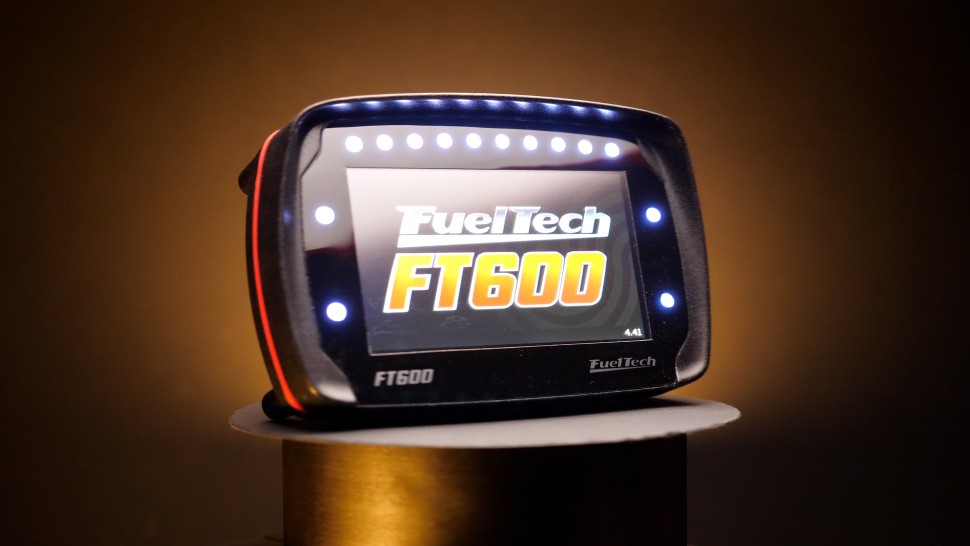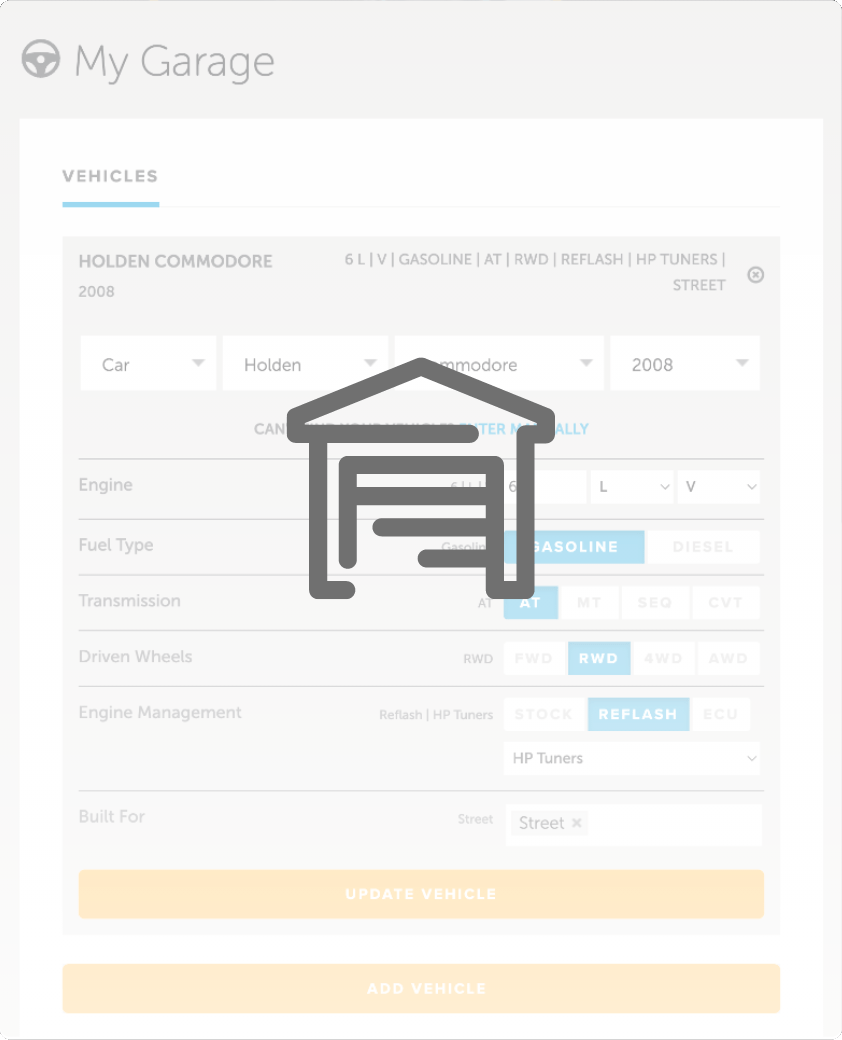| 00:00 |
Probably the single most important tool we have in our Arsenal's club races is driver feedback.
|
| 00:06 |
It requires no instrumentation, just a driver that can effectively articulate how the car is feeling and handling at the limit of grip.
|
| 00:14 |
The first question I will ask a driver, pro or amateur, when looking for aero feedback is how's the balance at high speed? I'll then follow that up with how is the balance at low speed by comparison? And then if the driver is very good, I'll ask about how the balance is in different phases of the corner, entry, mid and exit.
|
| 00:32 |
At the club level, in order to tune the balance in, all we need to do is get the answers to the question of how the balance is at low speed vs high speed.
|
| 00:42 |
If the balance at low speed is understeer but the balance at high speed is neutral or oversteer, then chances are your aero balance is forwards.
|
| 00:50 |
If the balance at low speed is oversteer, but at high speed the car has understeer, then the aero balance is rearward.
|
| 00:57 |
It's as simple as that at this level.
|
| 01:00 |
From there, we just need to adjust.
|
| 01:02 |
The most common adjustable element for the aero is the rear wing, and it's a simple item to change and is typically easier to mount for adjustability than the front end.
|
| 01:12 |
As discussed previously, most rear wing manufacturers by default have a number of adjustments built into them.
|
| 01:18 |
If I'm doing an initial install run on an aero kit, particularly with an amateur driver, I'll start with the rear wing quite cranked.
|
| 01:26 |
This is because the understeer condition is a safer condition for the driver to be in than high speed oversteer.
|
| 01:32 |
Once they've done that install run, we can then make adjustments based on feedback.
|
| 01:38 |
First we need to sort out the low speed balance as much as we can with mechanical grip and suspension adjustments and then we can start to dial in the high speed.
|
| 01:45 |
If there's a bit of high speed understeer, go one position down on the rear wing.
|
| 01:50 |
If there's a lot, go two.
|
| 01:52 |
If there's a crazy amount, go three or four.
|
| 01:55 |
We need to make sure our step is big enough to be felt, but not so big that it's dangerous.
|
| 02:00 |
Remember too that the lower we can get the rear wing level, the less drag the car will have.
|
| 02:05 |
So, if the balance enables us to go lower on rear wing level, then we should take it.
|
| 02:09 |
If we're maxed out on rear wing angle and the car is still oversteery, ideally we would get a bigger wing.
|
| 02:16 |
But failing that, we may need to raise the front ride height or remove front canards or front splitter end plates to decrease the front downforce level.
|
| 02:24 |
Finally, while we're doing these tests, we need to be making sure that we're checking the lap times and the overall car data.
|
| 02:30 |
If we're going slower after a balance adjustment and there's not a clear reason for it, we should probably consider reverting the change.
|
| 02:38 |
This brings us to the end of the aero development methodologies portion of the course, so let's quickly run back through the main points covered in this final module.
|
| 02:46 |
Driver feedback is a critical tool in club racing, allowing adjustments to be made based on how the driver feels the balance is at high speeds versus low speeds.
|
| 02:55 |
If the car understeers in low speeds, but is neutral at high speeds, the aero balance is likely forwards.
|
| 03:01 |
If it oversteers at low speeds , but understeers at high speeds, the aero balance is likely rearwards.
|
| 03:07 |
Adjustments are often made to the rear wing which is easier to alter than the front.
|
| 03:12 |
We should typically target safe, gradual balance changes to dial in the aero balance.
|
| 03:17 |
Ensuring each adjustment improves lap times is essential.
|
| 03:21 |
If the change slows the car without a clear reason, it's worth reconsidering.
|





